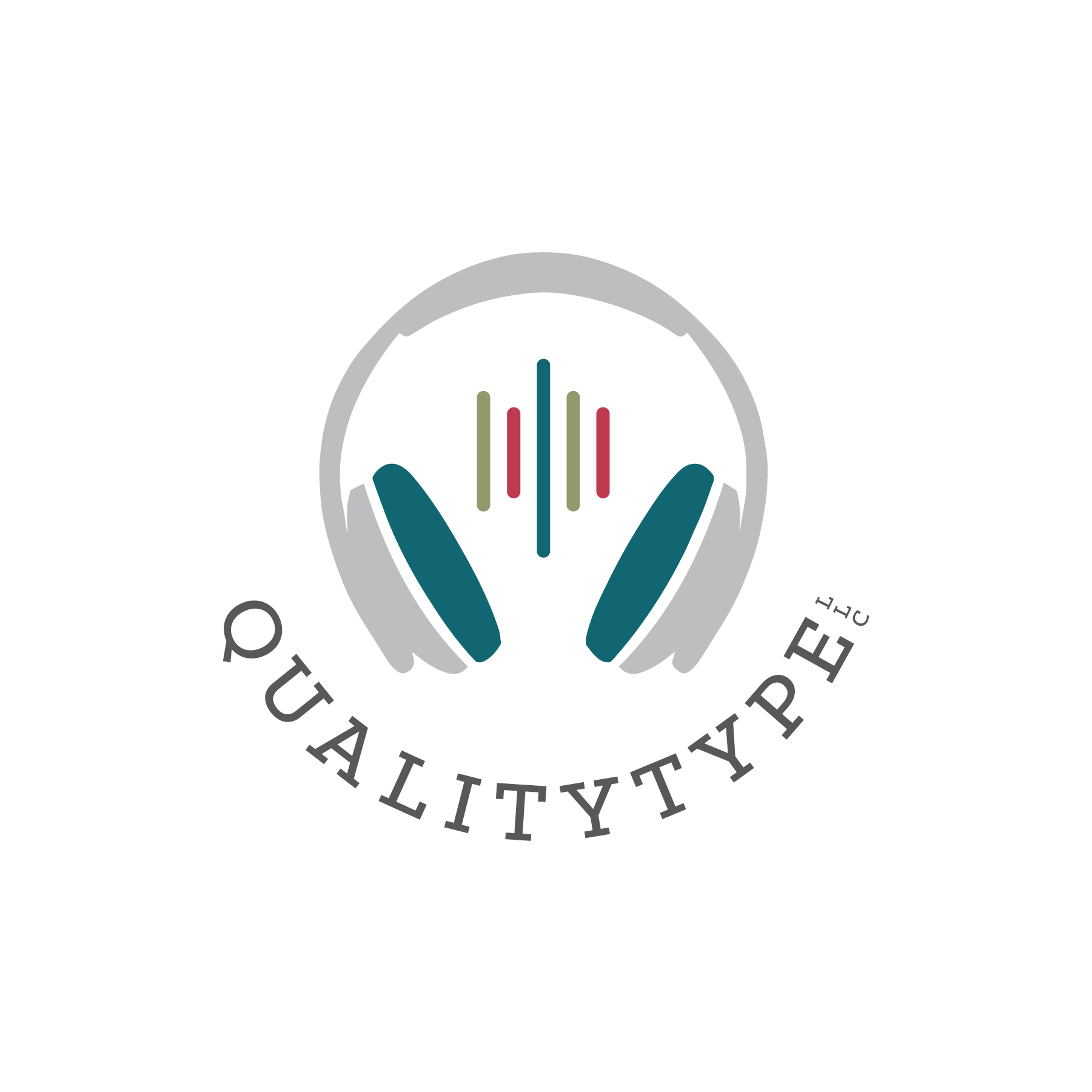Five Benefits of Using American Transcribers in Medical Transcription
A lower cost on anything in the medical world is a seemingly good idea. The problem with going on cost alone can be a problem though, and not the solution. When it comes to using a medical transcription company that is based in the United States instead of a foreign country such as India, there are at least five reasons to keep it in the States. This would not include the potential of a lawsuit for a transcription that read “the patient had a foot virus in his leg,” or “flea bites in his leg,” instead of “the patient had phlebitis in his leg.”
With the many nuances of the English language, the complexity of medical terms and pronunciations of various accents (Texan, New Yorker, Alabaman), an American transcriber can do a much better job at listening to and interpreting the specifics than an overseas transcriber. Let’s look at five of the benefits.
1) Interpretation – 50 vs 500
So many complicated names and numbers to understand, and when the person dictating has an accent or is a tired individual at the end of the day or after a long surgery, it will be even more challenging to interpret. One must consider that the best option would be to have it go to a native English-language [RS1] speaker, familiar with the terms, that could read between the voice lines of whether the medical professional said “Corroded” or “Carotid,” and “5060” or “50 or 60.” Errors in both medical terms and dosages too high or too low can be disastrous for the patient and the medical caregiver.
2) HIPAA privacy ensured
The HIPAA security rule was established in 1996 to protect the privacy of patient information. In America, guidelines for compliance to the law is strictly followed by all arms of the medical system to keep information safe, on an administrative, physical and technical basis. In a foreign country like India, which is quickly becoming a primary outsource venue for transcription for American healthcare, the law does not apply. Although some foreign transcription services may state that they respect the practice, there is no guarantee, nor is there an organization to monitor their security of information.
3) Long-term relationship covers glitches
With a transcription service based in the United States, there is a higher likelihood that a relationship will develop over time. This relationship is valuable in understanding transcription when a doctor has a cold and sounds different, is extremely busy and speaks very quickly, or is dictating while eating a Big Mac and sounds garbled. A familiarity with the voice by an experienced transcriptionist will lead to a cleaner transcription. In addition, the transcriptionist or the supervisor can identify an unclear word or phrase and note the information to the medical professional for review and approval. A long-distance relationship most likely will not offer this benefit with time difference a huge factor.
4) 24-hour real time turnaround
A 24-hour turnaround time means 24 hours in the United States. When dealing with a medical transcriptionist that is halfway around the world, when it is submitted at 5:00 PM SMT, that means you will have it back by that same time the next day. The time difference in overseas transcription may encounter delays.
5) Edits/revisions same day
Waiting can be as painful as surgery itself! Not really, but to review a report, find an error, and have to wait until the start of the day across the world to make the change is not exactly productive. The best method is to send the dictation to a location in the States and, even better yet, in your own time zone.
For physicians, medical offices and hospitals to take better care of their patients, without the risk of litigation, using American transcribers makes more sense. The slightly higher cost provides confidence to your organization that you can limit the number of court cases that have the potential to rule in the defendant’s favor. And that is a cost savings in itself.

